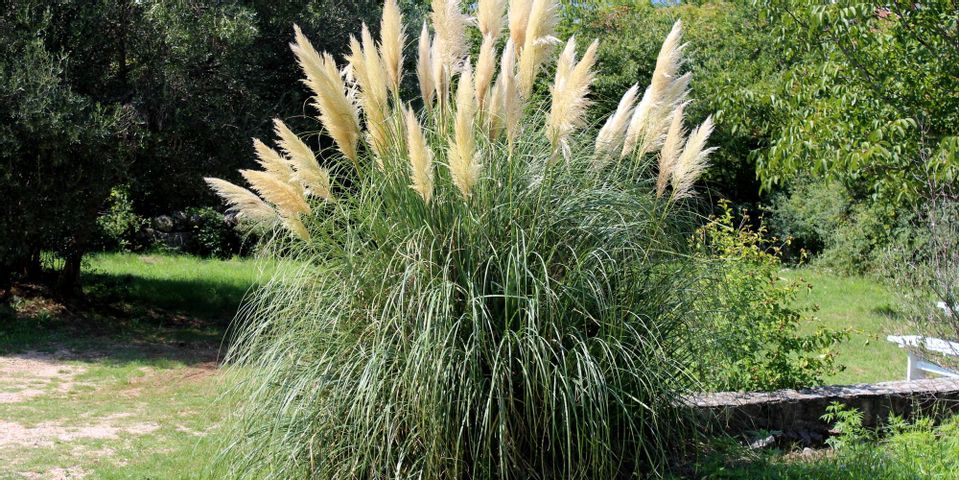Table of Content
Here are the other aquatic plants for ponds Christina has in mind. First, you’ll need to remove the plant from the pot. Remove soil from around the roots (be gentle!) so you can see how the roots cluster.

This helps to anchor the stems and keeps the plant in place. Also known as Devil’s ivy this is another vining plant with a vigorous growth habit. Its heart shaped leaves are green and yellow in color. Placed in a tall vase or on a shelf its long stems can spill down, filling the space.
Pothos
With a large enough container, you can also place two different types together for an interesting contrasting feature. However, when they’re confined to a glass and kept indoors, you can enjoy their lush leafy beauty without the stress of managing their spread. This site provides content for informational purposes only. The information provided is not intended for use as medical advice, diagnosis, or treatment. In case of a medical concern or emergency, please consult your healthcare provider. Indoor plants can help absorb and remove some of these VOCs from the atmosphere.
If you don’t want to, start again and re-propagate it. Remember how to fragrance-fill your bedroom with Lavender and add flavor to your side salad and recipes using homegrown herbs? Grow new plants from old plants (make sure they’re healthy first). You do it by snipping the key parts of healthy matured plants, right at the leaf node.
Rubber Plant (Ficus elastica)
Plus, you’ll never have to clean up the mess from a knocked-over pot or worry about repotting again. If you’ve ever tried propagating, or taken a look at hydroponic systems, you’ll know some plants don’t actually need soil to grow. Many plants may only last a few seasons grown in this way, but others can last several years with the right care. Once you’ve mastered prayer plant care, consider how else you might add to your home greenery. Try some air-purifying plants to detoxify your home, or go with medicinal herbs you can use.

Place this in a jar or glass of water and put it on the kitchen windowsill. The most common water-grownBegoniasare wax, Angelwing, and rex. However, Angelwing and rexBegoniascan be grown from just a single leaf with the leaf stem attached. Place any of these cuttings in a pretty glass bottle for an interesting display.
Zee Zee Plant
Although there are many different types, the most popular Spiderworts have a purple-cream hue and interesting stripes unlike any other houseplant. They also root well in water and are great colorful options for long-term growth. When taking cuttings, the stem shouldn’t be too old and woody or too young with vulnerable new growth. Slightly woody stems that are still easy to manipulate and have lots of foliage are ideal.

Practice with hardy wax begonias, which have very knobby leaf nodes that form roots easily. Even the fancyrex begonias and tuberous begonias will grow in water, and only a single leaf is necessary to start a whole new plant. Use a water-soluble fertilizer, per the manufacturer's directions, to keep your aquatic plants lush and healthy. In addition, place a small piece of charcoal in the bottom of the glass vessel to help maintain clean, clear water.
The South American Begonia is worth the effort because of its pretty flowers. You’ll find many varieties, most of which do well in water. They are slow-growing plants that require time and patience.
However, it also does best in partial shade instead of direct sunlight. It grows well in the right conditions, albeit sometimes too well. It can form a massive root ball that can even break glass containers.
It’s relatively slow growing but can reach heights over 10 feet in the soil when it will reward you with flowers and fruits. Its leaves are large and the basis for its interesting name. Overall, it’s an easy-going plant that will make a welcome addition to your conservatory or plant room.
That’s the part of the stem where the leaves branch out from. Ideally, snip a part of the stem with one to three leaves already sprouting. Do you like the idea of fresh herbs at your fingertips all day, every day? A window ledge, glass jar and running tap water are all you need.
Thus, indoor air quality can have a major impact on health. Note that peace lilies are flowering plants and may cause pollen allergies in some people. Mealybugs form fuzzy balls, usually where a leaf and branch meet, and look like white lint.
It’ll do best in a setup with fish or other aquatic organisms. Growing carrot tops is an excellent way to get more out of your fresh produce with some nutritious greens to add to your salad. All you need is the tops with a bit of the root still intact.
The first aspect to consider when you want to grow plants in water is fertilization. Normal tap water tends to have low amounts of nutrients such as potassium, nitrate, and phosphorous. Although this is great for your health, it’s not great for your plant’s health. Many plants, such as pothos, can survive in low nutrient water conditions but their growth rate might not be what you were hoping for. If you decide to use fertilizer in your water-growing plants its important to use very dilute fertilizer.

Most cacti are slow-growing plants, you're lucky if you see significant growth during the growing season. Like most other slow-growing plants, fertilizing isn't necessary. Your cactus will absorb the nutrients from the soil when you water it, which is plenty to help it stay healthy. No matter which type of plant you are growing, you must have fresh stem cuttings or leaves to start with. This plant is super popular, both for its easygoing looks and lack of hard requirements for care.

No comments:
Post a Comment